
 And then there are those jackets that either through disregard or intention repeat graphic themes.
And then there are those jackets that either through disregard or intention repeat graphic themes.A few months ago, Euro Crime’s Karen Meek pointed out in her blog a remarkable consistency between the jackets of two then-recently published British crime novels: Lesley Horton’s The Hollow Cure and M. Herron’s Why We Die. Both covers are blue in shading; but more important is that the two fronts boast trees, as if some market researcher had determined that trees--if featured in spooky configurations on the covers of crime and mystery novels--could provoke increased sales.
One wonders if this might not be true. Setting aside that minority of the population who actually suffer from hylophobia, or fear of trees, many of us grew up with listening to malevolent lore about forests and their many-branched inhabitants. The Brothers Grimm’s Hansel and Gretel, you’ll remember, were led into a nearby forest and abandoned there by their poor woodcutter father, only to be ensnared by a cannibalistic witch. Little Red Riding Hood was accosted by the Big Bad Wolf while traipsing through the woods, bound for her grandmother’s house. Trolls were once said to inhabit forests, as were hobgoblins and witches, not to mention more conventionally frightening creatures such as snakes, spiders, and bats. Over the last few decades, stories have spread about camera-shy, hirsute hominids (Bigfoot or Sasquatch) haunting the more remote forests of America’s Pacific Northwest. And if all that isn’t enough to put a fright in your spine, The Blair Witch Project, a low-budget 1999 movie that follows a trio of young filmmakers on the trail of that eponymous local legend, might cure you

 forever of casual forest explorations. Or even too-close contact with arboretums.
forever of casual forest explorations. Or even too-close contact with arboretums.It should hardly be surprising, then, to discover that art directors--looking for mood-setting images with which to front crime novels--gravitate on occasion to tree photographs. (We are, after all, attracted by many of the same things that frighten us, and that can include the evergreen and deciduous denizens of modern forests.) However, trees actually show up more than occasionally on crime novels these days--and not only on releases such as Harlan Coben’s latest book, The Woods, or Michael Connelly’s Echo Park (2006), which might logically justify their being used on the covers. They’re particularly prevalent on releases from Great Britain, as I began to notice after reading Meek’s aforementioned post.
It seems that we can break down the ubiquity of trees as they’re employed on novel fronts into four basic categories. In the first case, these long-living plant forms are used more of less anthropomorphically--that is, as stand-ins for human-like monsters. In the examples shown below, the trees are like many-armed ogres or giants, rising threateningly from a near distance:




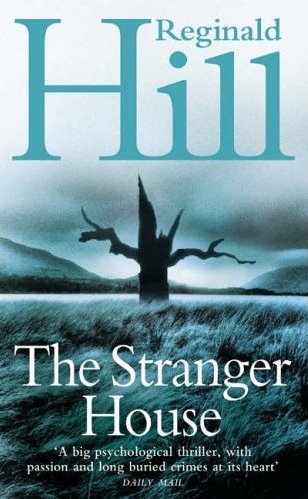

However, tree fronts are also used on crime novels to establish a sense of desolation and bleakness, or mystery, which is well associated with this genre. These covers often find the tree, or trees, looking quite forlorn and innocent--like sitting ducks:
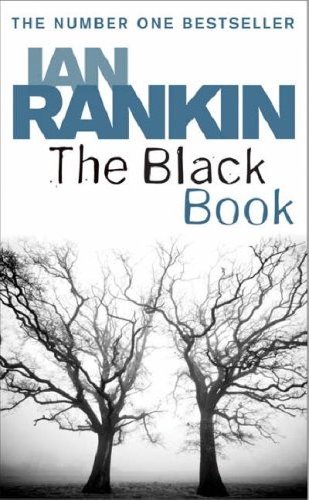


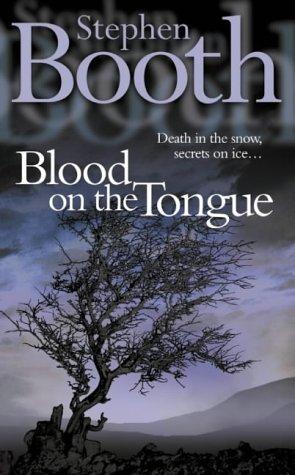




Beyond that there are the ominous-looking tree fronts--those on which the bark-encased stars loom belligerently overhead like villains preparing to fall upon and do violence to their victims:


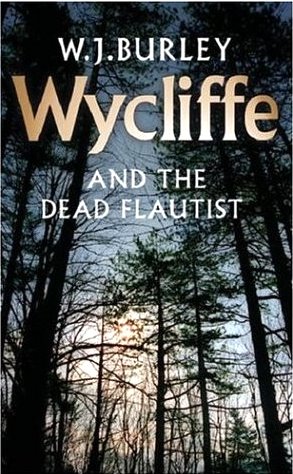

Concluding our display, we have the tree photos that are meant simply to convey a mysterious atmosphere. These jackets often include fog or snow, a nighttime sky or--in two of the examples shown below--swamps that engulf the trees’ roots:







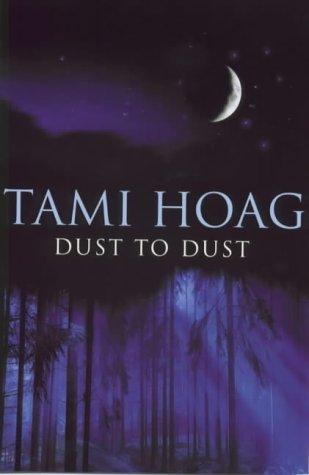

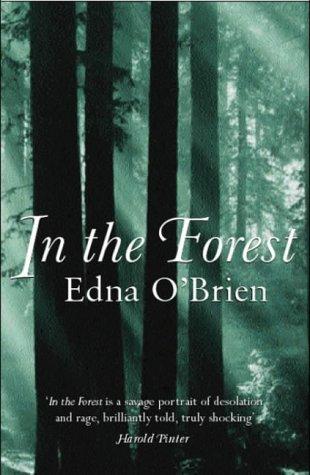




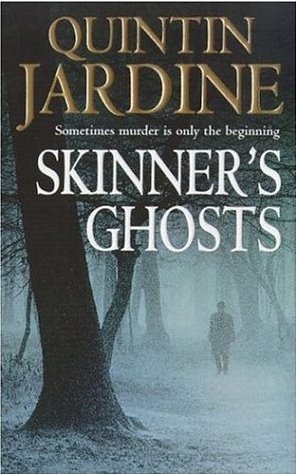
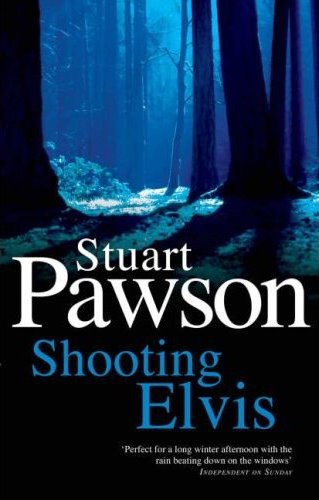


Any number of poets and others have championed trees over the centuries. Wasn’t it German theologian Martin Luther who said, “For in the true nature of things, if we rightly consider, every green tree is far more glorious than if it were made of gold and silver”? And it was certainly Bengali poet Rabindranath Tagore who wrote, “Trees are the earth’s endless effort to speak to the listening heaven.” These stately plants can be beautifully imposing. They also help replenish the earth’s oxygen supply and reduce carbon dioxide in the atmosphere, as environment-conscious former U.S. Vice President Al Gore has been quick to remind us.
However, the designers of crime novels--like the storytellers who wanted to warn children off from wandering into the deep woods--have sought to associate trees with danger, disorientation, and despondency, all in the interests of book sales. One wonders whether this is healthy for the future of forests, a rapidly dwindling resource--or even healthy for the future of mankind, which might also become a dwindling resource. Should these designers pay some heed to that famous 1970s TV commercial slogan, “It’s not nice to fool with Mother Nature”? Perhaps it’s time to find a new way of communicating fright and suspense to readers. Trees have borne that burden long enough. Dare I say, it’s time to branch out?

















10 comments:
Great research here and so interesting.
I had to laugh -- I had been warned of the book cover trials of new authors. I feel like I made out like a bandit with mine!
For a Finnish reader, this all seems puzzling, since for the Finns the forests and woods are comforting and nurturing. There's nothing to be afraid in a forest for a Finn.
Hmmm... Curiously it looks like a mostly British phenomenon, too... Well, from this selection, anyway.
Very interesting post, and yes the Forest in British culture is a foreboding place....great post and enjoyed the insight
Ali
Not only have do I have one of those 'lone tree' photos on one of my books (THE TOUCH OF GHOSTS), thanks to this post I've just discovered it's the same photo as Jim Kelly's THE COLDEST BLOOD. Which given that we have not only the same publisher but the same editor as well really does take the piss.
I see the Rankin has the same cover as the Herron as well! (or should it be the other way round...)
Laura Lippman's What the Dead Know has what looks like a girl walking in the woods right through a tree.
"I'd go back if I were you." sign in the hostile forest in the Wizard of Oz
Please, publishers, avoid trees -except a good specimen in Spring full bloom- for your books. Those were too alike in their stark solitude.
Also, the tree on the cover of Why We Die (at the top) is the same tree used on Ian Rankins Dead Souls, lower down.
You're absolutely right about the trees and mythology and fear. To sum up the British experience, perhaps, is Robert Holdstock's Mythago Wood, a fascinating fantasy book where the wood behind his house is home to all sorts of myths and legends, and eventually starts to encroach on the main character's own home, as he encroaches on the wood. The idea of a wood being alive and malevolent corresponds to its being the opposite of civilisation and so becomes a threat.
I find this topic really interesting, and actually I studied it in an English course at Uni. In Australia, the Bush is a hugely symbolic place. Not just in films like Picnic At Hanging Rock, but from the time of first settlement, when children and adults alike used to wander in, never to be seen again. One account was of a woman's maid, out hanging the washing when she just dropped everything, turned around and walked into the bush, as if lured somehow, and was never seen again (this account is in No Place for a Nervous Lady). Gives me the shivers!
There's also Peter Pierce's book, The Country of Lost Children: An Australian Anxiety, which looks into this topic, children and the bush and how it relates to Australian identity.
I've also seen trees used on literature covers, where it lets you know you're in for a story of sadness or loneliness or isolation, not just crime books.
Post a Comment